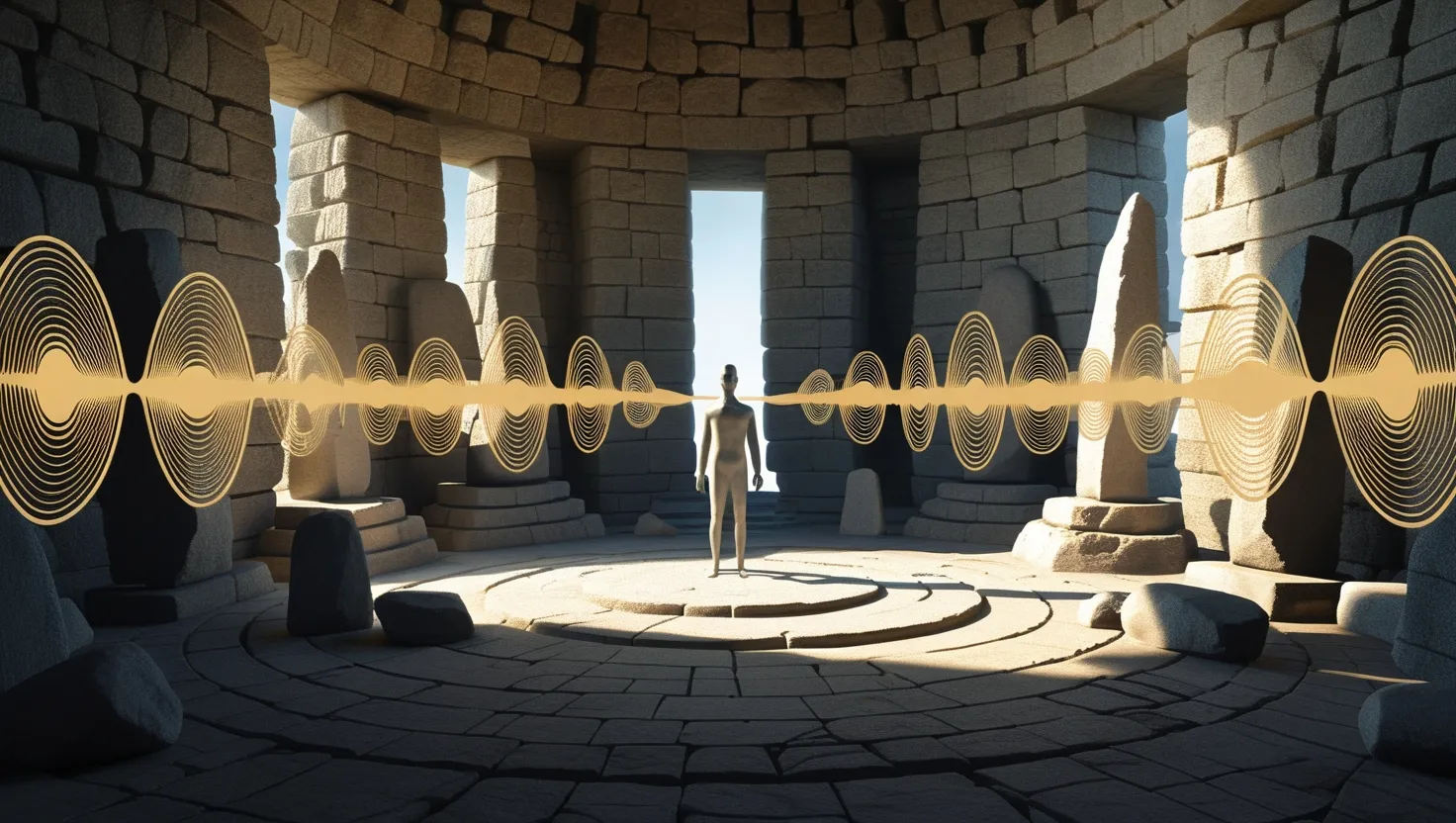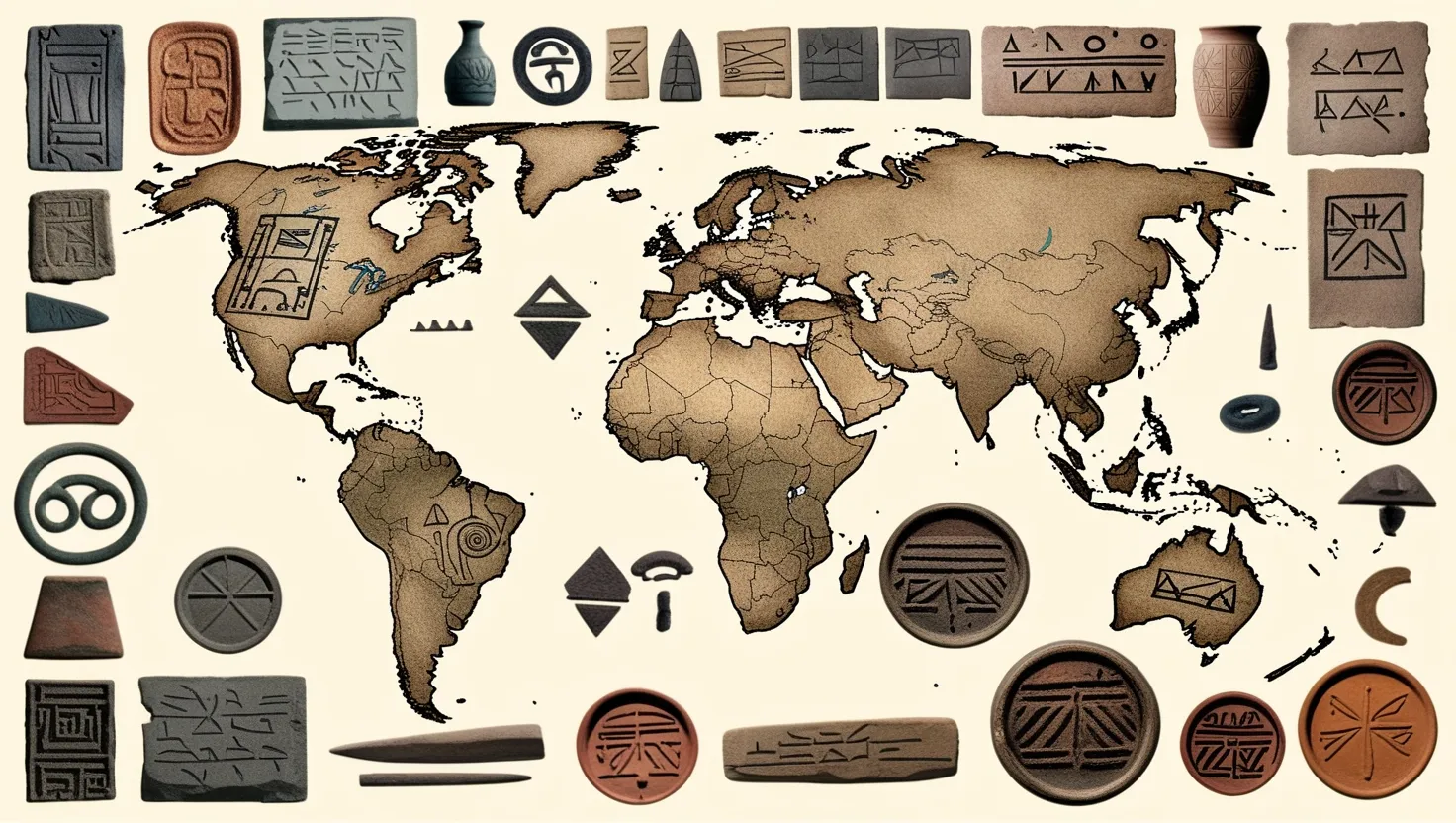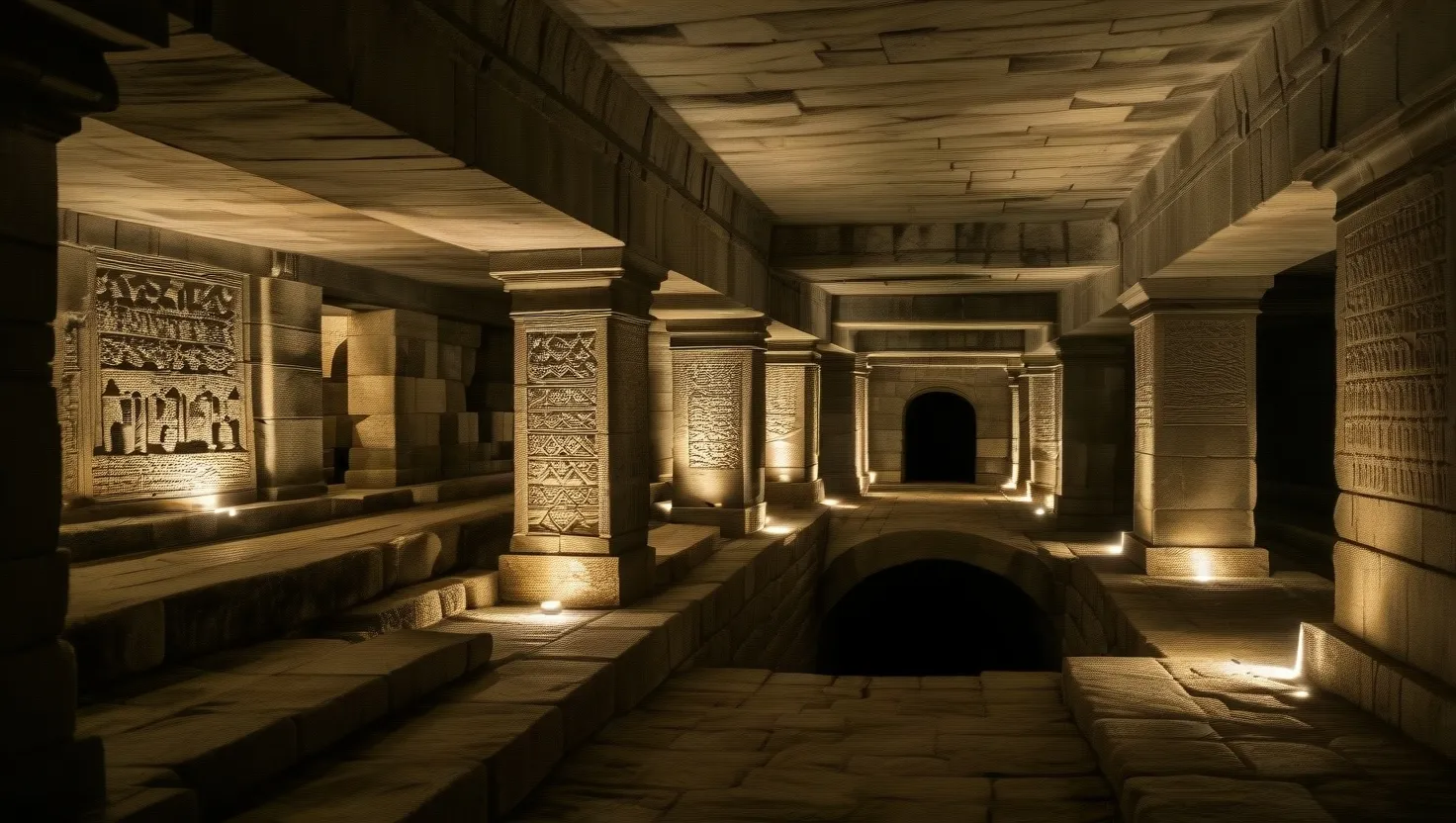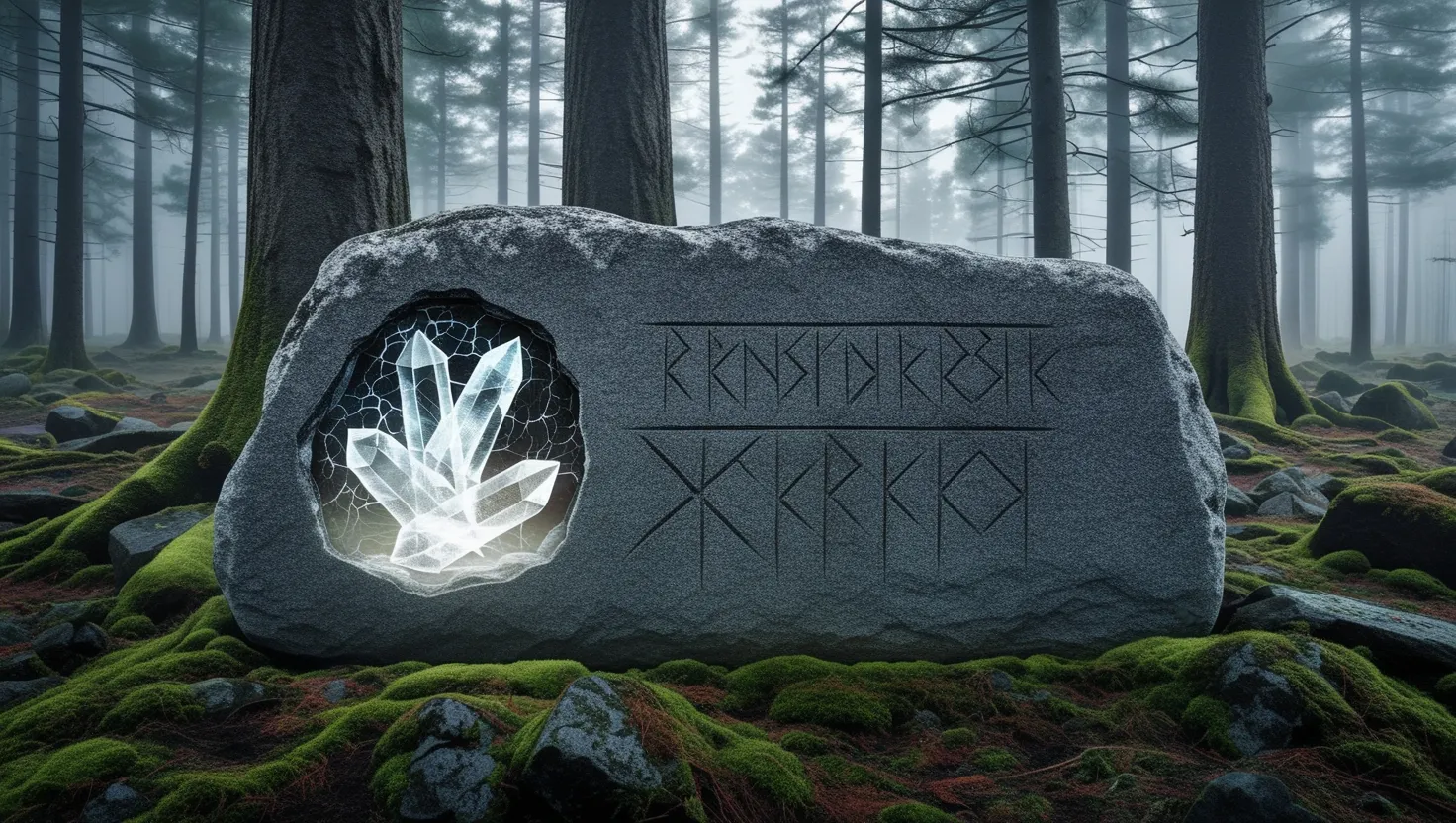Let’s take a moment to imagine standing inside an ancient stone chamber, your voice transformed and amplified in ways that seem magical. How did ancient people, lacking modern instruments, discover how to use stone, space, and mathematics to shape sound? Across the world, from Ireland to Peru, from Egypt to Malta, there are sound phenomena crafted thousands of years ago that still elude easy explanation. These are not just architectural quirks; they are sophisticated, intentional creations that challenge what we assume about our ancestors’ understanding of acoustics and the human mind.
I’ve found that every true mystery around ancient sound begins with a question: Why would someone go to so much trouble to build structures that sing, echo, or hum in just the right way? Let’s explore seven astonishing sites where sound does much more than echo—it interacts with us, changes moods, and, in some cases, produces effects that even today’s science can’t fully explain.
“Music is the shorthand of emotion.” – Leo Tolstoy
Take Newgrange, for example, a 5,200-year-old chamber in Ireland. Most visit for its winter solstice sunrise, but fewer know about a phenomenon inside: when certain low frequencies are produced, a standing wave forms in the burial chamber. It’s not random noise—this wavering resonance synchronizes with the sun’s path, creating a physical and auditory experience tied to the solar cycle. Why would ancient builders align acoustics to the sun? Some suggest it was ceremonial, perhaps meant to foster a sense of connection between earth, sound, and sky. Can mathematics and stones capture the cosmos in song?
Just as mysterious are the hidden chambers beneath Malta’s Hypogeum, where a whisper can be heard by everyone in the complex, but only voices at a precise 110Hz fill the whole structure with a chilling resonance. Those who’ve stood in the “Oracle Room” describe a sensation—a vibratory feeling in the bones, not just the ears. This is infrasound, and it’s known to alter mood and perception. Did ancient Maltese use the Hypogeum to shift consciousness during rituals? Scientists can measure the effect, but the reason for its design remains stubbornly elusive.
“Where words fail, music speaks.” – Hans Christian Andersen
Consider Stonehenge. For most, it’s an image of silent stones, stoic and stoic. But place a musician in that circle and you’ll notice something odd. Certain stones vibrate under specific sound frequencies, and some researchers believe the circle’s unique structure was designed for “acoustic levitation”—a phenomenon where vibrations actually seem to move small stones or dust upward. This goes beyond echo or music. Did the builders know how to “move” stone with sound, or is it a byproduct of their design? Either way, it’s a reminder that sound can have a physical presence, not just an auditory one.
If you’ve ever visited Chichen Itza in Mexico, you might have clapped your hands at the base of the Temple of Kukulkan. The answer that comes back is not just your echo, but a strange “chirp” that mimics the call of a sacred quetzal bird. This is no accident; the steps and walls are engineered so that their echoes recreate the voice of an animal believed to be a messenger of the gods. Why recreate sacred animal sounds out of stone? Some believe it’s a way to bring myths to life—an ancient form of interactive story. Isn’t it fascinating how architecture becomes a tool for sonic illusion?
At the Chavin de Huantar temple in Peru, corridors twist and turn for hundreds of meters. Whisper at one end, and you might hear it magnified or changed into something unrecognizable at the other. Some explorers have reported auditory hallucinations: voices or music that seem to come from nowhere. In the dim light, with echoes bouncing in unpredictable ways, it’s easy to see why priests used these effects in rituals. The mind fills in the gaps, creating voices and presences where none exist. What if sound was the original medium for connecting to the divine—before words, before writing?
“Without music, life would be a mistake.” – Friedrich Nietzsche
In Egypt’s Dendera Temple, among the famous “lightbulb” reliefs, there’s another puzzle. Certain chambers appear to focus sound so precisely that some claim to feel a tingle or witness electromagnetic fluctuations when certain notes are struck. The carvings and layouts of the rooms are mathematically precise, and even modern engineers are puzzled by the deliberate interplay between form, sound, and energy. Did priests know how to combine sound and architecture to create physical sensations, perhaps as a demonstration of their power, or to “charge” rituals with unseen forces?
High in the Bolivian Andes lies Puma Punku, a site famous for its jigsaw-like stones and mysterious engineering. Though much of the site is ruined, some blocks have carved cavities that, when struck or blown across, sing out pure musical notes lasting for minutes. The purpose? It’s lost to us. Yet the stones themselves seem to remember how to create harmony, even after centuries of earthquakes and looting. Why build stones that keep singing so long after their makers are gone?
These sites prove that ancient sound isn’t just about noise. It’s about experience, transformation, and shaping awareness. Sometimes, I wonder if the ancients saw sound as a bridge—connecting body and mind, earth and heavens.
Have you ever felt a shiver run through you when a song hits a certain note, or when an echo bounces unexpectedly in a darkened hallway? Multiply that sensation by ritual, geometry, and the patience of generations, and you start to glimpse the intention behind these mysteries.
“After silence, that which comes nearest to expressing the inexpressible is music.” – Aldous Huxley
When we study these phenomena, it’s tempting to look for technical explanations—frequencies, wavelengths, reflected sound. But I think the lesson here is that these answers, while satisfying, don’t capture the full story. Ancient builders didn’t just stumble upon these effects; they pursued them, refined them, made them central to their cultures. In some cases, the mystery is intentional—a method for training initiates, invoking awe, or simulating encounters with another world.
What would it mean if we rediscovered these principles not just as curiosities or relics, but as part of our own environments? Could hospitals, places of worship, or even cities be built to shape mood and mind as intentionally as these ancient temples did?
Scientists today continue to test, map, and experiment with ancient acoustics. But the most important lesson I draw from these sound mysteries is that our ancestors may have known truths about perception, community, and consciousness that we’re only starting to appreciate again. Sound is invisible, but it influences, persists, and leaves echoes—sometimes centuries long.
So next time you walk through an old hall, hear your voice bounce back from an unexpected angle, or feel a chord vibrate your bones, ask yourself: What might our ancestors have heard—or felt—right here, in this same spot? And what sound mysteries might we leave behind for future generations to solve?
“Music gives a soul to the universe, wings to the mind, flight to the imagination and life to everything.” – Plato
Let’s keep listening. The stones, the stories, and the echoes are waiting.






